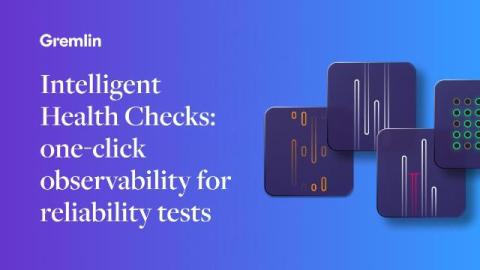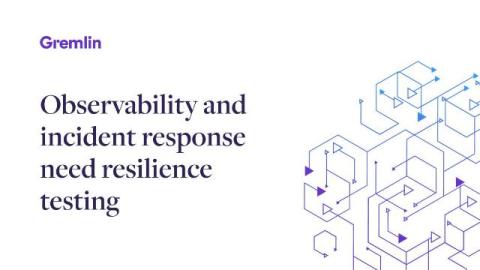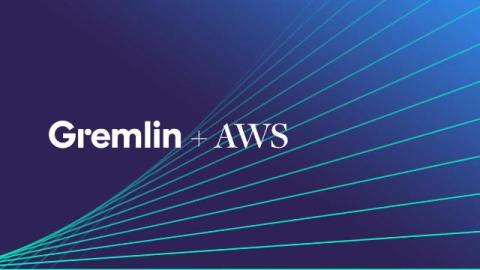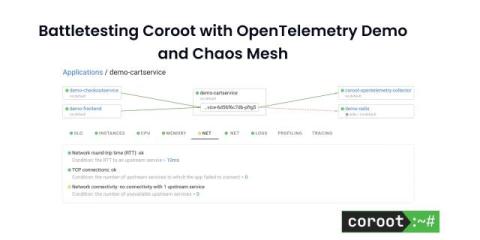Testing for expiring TLS and SSL certificates using Gremlin
Encryption is a fundamental part of nearly every modern application, whether you’re storing data, sending data to customers, or sharing data between backend services. Most organizations have a data encryption strategy, and nearly every web page is using HTTPS, thanks to initiatives like Let’s Encrypt. But setting up encryption isn’t a one-time initiative. Over time, the certificates backing modern encryption expire and need to be replaced.











